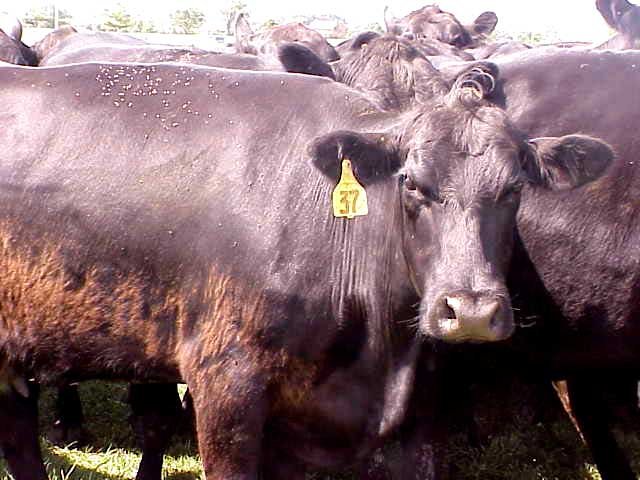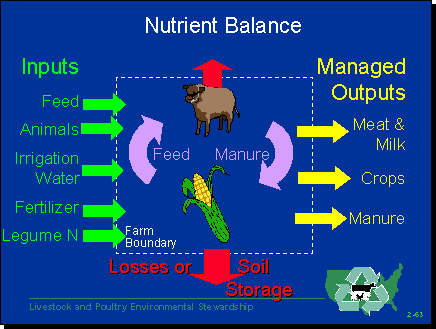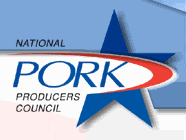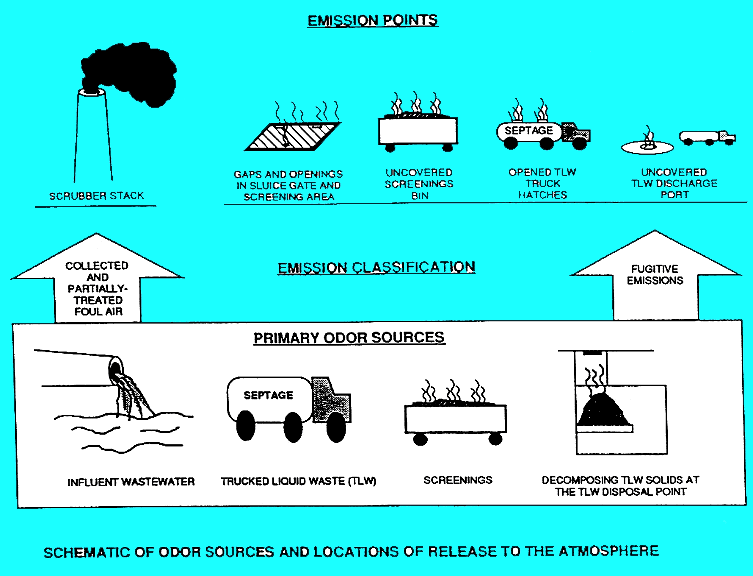Biological Products:
Bioaugmentation products for Wastewater applications in Papermills, Refineries, Chemical, Tanneries, Municipalities, Textiles, Steel, Agriculture, Animal feedlot, Gun Powder plant, Food and Beverage- Dairy Products, Orange Juice factory, Wineries, Cookie factory, Vegetable processing plant, Meat packing, Barbecue Restaurant, Aquaculture, Ornamental Ponds with algae , CAFO, Nursing homes, Military, Campgrounds, Universities, Regulatory agencies, River and Lake remediation
Lab Services:
Filamentous Identification Lab Service. One reason to identify filaments is to determine the filaments characteristics and then determine the type present. If the type is found out, a root cause can usually be associated with a particular filament. If the cause is known, then a correction can be made to alleviate problems. Chlorination is only a quick fix. Without process changes, filaments will grow back after chlorination. Wastewater Biomass Analyses and Cooling Tower Analyses also available
Training Materials:
Training is an integral part of any job. Not everyone is at the same level of training. Many people want beginning concepts and basics. Some need technical information or troubleshooting. Some want equipment, technology or process information. We have developed a full set of Basic training, Advanced training, Filamentous Identification the Easy Way as well as custom training CD's Manuals. We also provide hands-on training classes and soon will have an Online "E-University".
Audits and Consulting:
At Environmental Leverage® Inc., we have a team of experienced individuals who come into your plant with a fresh pair of eyes. The system is checked from influent to effluent. System optimization, equipment efficiency and operational excellence are key components explored. Key Benefits Equipment efficiency Total Cost of Operation reductions Reliability and safety An onsite audit is conducted to examine system parameters, process controls, and current monitor and control procedures. A physical walk-through is conducted, process flow diagrams are examined, previous design criteria are examined and current standard operating procedures are evaluated along with data logs.
|
Animal Feed LotsWhat's New!
We have just added "Virtual Audits" to our capabilities. Check out our new Services. We are in the process of developing new courses for our ""Online E-University" in order to meet the needs of our global customers that cannot travel to our public classes.Visit our new website www.WastewaterElearning.com/Elearning
Concentrated Animal Feed Lots-
Environmental issues as well as odor complaints from neighbors are forcing the Animal Feed lot industries, specifically the pork industry, to look closer at how they do business and to respond to the concerns brought up by these issues. These industries will have to address odors as well as water reuse and nutrient management issues.
Pork producers in every major pork production state are currently subject
to detailed regulations for air, water and solids pollution and are leading
the nationwide effort to develop additional, science-based regulations.
Water use at an animal feedlot facility can be high. Beneficial Reuse
EPA Office of Compliance Sector Notebook Project, Animal Feed Lots Industry
or CAFO regulations. More information can be obtained on the EPA website http://es.epa.gov/oeca/sector or
by
contacting Environmental Leverage Concentrated Animal Feeding Operations (CAFO) - Final Rule http://cfpub.epa.gov/npdes/afo/cafofinalrule
There are tons of files containing information on every subject from A to
Z on the internet with standards, benchmarks and industry BMP's. The
Dairies have numerous issues to deal with-Land and Water Considerations,
Nutrient Management, Odors, Common Concerns Associated with Expansion,
Concentrated Animal Feeding Operations- CAFO regulations, permits and
licensing, health and safety, Manure Storage and solids handling. U.S.
Environmental Protection Agency (EPA) is proposing regulations that will
require dairy and other producers to control and contain runoff from their
land, as well as regulate type and scope of livestock operations.
Some Dairy Industry Benchmarks Typical water use per 100 dairy cows per week is 122,500 gallons during the hot season in Florida (Van Horn, et al., 1993). Table 1. Comparison of Animal Emission Factors (kg NH3/animal/yr) Battye et al. (1994).
a Battye et al. (1994) stated that these composites appear to have been calculated using the incorrect number of swine in the Netherlands and are therefore too low; corrected values would be 4.0, 4.5, and 8.5 respectively.
The EPA has tons of information on Dairies, environmental impact, useful tools, etc. http://www.epa.gov/agriculture/ag101/impactwholefarm.html
Conventional on-site treatment for manure has included scraping the pens
and stockpiling the manure for fertilizing adjacent crops. In contrast, a
flush system uses dairy wash water to remove manure from the dairy cow
feeding lanes. This method saves labor, but increases the quantity and
nutrient loading of wastewater, which requires an improved wastewater
treatment system for dairies with flush systems.
Cattle Production Efficiencies United States cattle production illustrates the extraordinary efficiency
and productivity of modern agriculture.
Increased productivity has been achieved by developing cattle which, on
average, are leaner and larger, with more meat and less trimmable fat per
animal. A higher percentage of calves born each year in breeding herds, and
processing fewer non-fed cattle and calves, contribute to increased
efficiency. Feeding efficiencies and increased rate of gain have also
improved productivity.
Although a greater proportion of slaughtered animals come from feedlots, and they’re being fed to heavier weights, there has been little change in the total amount of grain fed to cattle. Beef calves today are weaned at much heavier weights and are increasingly kept on pasture to even heavier weights before being placed on feed. Improved genetics and feeding technology have helped increase feed efficiency. Consequently, the amount of grain fed per pound of beef produced has declined as beef cattle have become leaner and more efficient. – Ron Gustafson, USDA Economist, 1994.
Whole-Farm Nutrient Balance A "Whole Farm Nutrient Balance" evaluation is a tool that can be used to
evaluate the potential for generation of excess nutrients on the farm and
can form the basis for developing plans to deal with nutrient buildups.
Nutrients are transported along multiple pathways and in a variety of forms
in a livestock operation.
What are some of the options to address these issues? Water and wastewater treatment with the use of biological additive has
been shown to be a relatively inexpensive treatment of pond water or waste
pits.
Odor Control and Water clarification for final effluents or recycle are
the prime goals of these applications to help farmers.
Water clarification
Chemical applications- Meat Processing Overview Meat processing includes slaughtering, processing, and rendering operations involving primarily cattle, hogs, and poultry. Some plants handle only one type of operation, such as meat processing, but others carry out multiple operations including rendering., smoking, canning, freezing, and sausage making.
The meat processing industry has been challenged in recent years by a variety of economic and safety issues. It is an extremely volatile and competitive marketplace. There has been rapid consolidation, high labor turnover rates, and some new federal safety rules such as HAACP regulations. Public concerns over diseases such as bovine spongiform encephalopathy (BSE or mad cow disease) and hoof and mouth disease, and increasing community and public opposition to meat processing operations have made operations difficult.
The primary environmental impacts of the meat processing industry include
pollutant releases to water, waste disposal, water use, and odors. Annually,
the industry consumes about 150 billion gallons of water, at a cost of about
$750 million. Wastewater includes significant amounts of biosolids such as
particles of fat and blood (which may reach 20,000 tons annually at a large
facility), as well as nitrogen and ammonia compounds, phosphorus, and
chlorine.
Did you know that by using biological products as a pretreatment to a P.O.T.W. you can sometimes reduce your surcharge by 50-75% ? DAF's of skimming tanks need to be adjusted to handle the solids loading and to capture the grease and oils at slaughter houses Screens can be used to prevent solids from entering the treatment plant Make sure that if you use a DAF or API, that you optimize all the variables, the skimmer speed and rotation, the oxygen, the flights, the chemicals used, etc.
Watch what color the foam is on your aeration tank if you have one. A change from brown, to light brown to a crisp white foam can indicate a recent surge in BOD loading and can significantly impact your treatment process. Change your wasting rates or RAS or adjust with the use of bioaugmentation to try to catch up with the F/M loading.
Tanks onsite can be retrofitted or brought in and can be used to pre-treat influent prior to being discharged to a local P.O.T.W. and significantly lower the surcharges that are incurred due to high BOD and TSS fluctuations that often exist at a food and beverage plant. We have worked with a number of plants that used onsite treatment, or small package plants to pretreat their influent and saved 1/2 to one million dollars a year in savings, not to mention headaches and upsets to the local POTW.
MicroClear 501 is a powdered product that was developed for use in the
biological wastewater treatment of for Animal Feed lots. This
product helps digest the excess feed, fats, oils and grease that can cause problems with
foaming and filamentous bacteria.
Audits and Onsite Training and Consulting
In order to "Audit" or Troubleshoot an Animal Feed Lot
wastewater treatment plant, a number of things need to be looked at. A
physical walk-through of the plant needs to be conducted with visual
observations noted. A microscopic analyses of the Biological portion of the waste treatment
system needs to be conducted. Settleometer Testing needs to be conducted A
sludge judge should be used on a Clarifier Examination of lab data- current
testing procedures and results Walk through and correlation of process side
to wastewater treatment plant operations A fully detailed final report is
issued with process recommendations, system changes, areas for optimization
and increased efficiency.
For a full onsite audit of your plant- Contact Environmental Leverage
inc. 630-906-9791
More troubleshooting for Animal Feed Lots:
Troubleshooting Lagoon Systems Wastewater in the Fall- Problems and Solutions Lagoons-Winter BOD issues and bioaugmentation Learn how Environmental Leverage can help your plant Bioaugmentation in Food and Beverage plants can impact on BOD and TSS Filamentous bacteria can be a problem is solids are held too long in a
clarifier also.
Total System Optimization- Case History Lab Testing and Troubleshooting Newsletter More to come . . . . .
| ||||||||||||||||||||||||||||||||||||||||||||||||||||||||||||||||||||||||||||||||||||||||||||||||||||||||||||||||||||||||||||||||||||||||||||||||||||||||

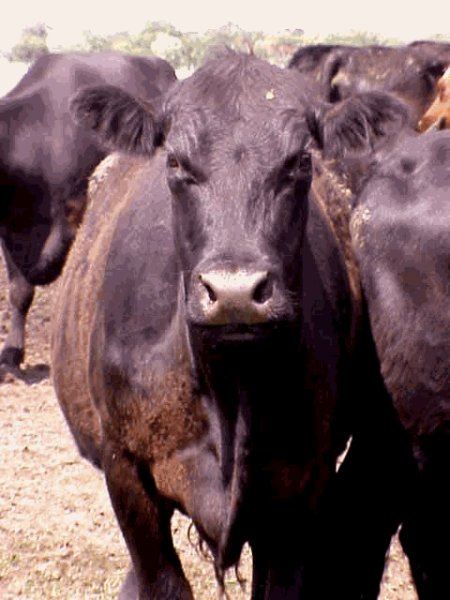
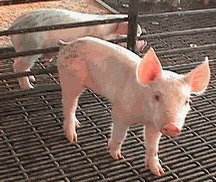

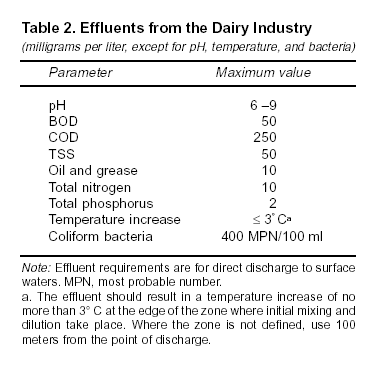 problems is, who has time to dig and find it all. It is not always in easy
to find places. We have tried to show you some of the ones we though
might be useful. There are links to the places where we found some of them
in case you want to dig deeper on a particular subject and find out more.
problems is, who has time to dig and find it all. It is not always in easy
to find places. We have tried to show you some of the ones we though
might be useful. There are links to the places where we found some of them
in case you want to dig deeper on a particular subject and find out more.
